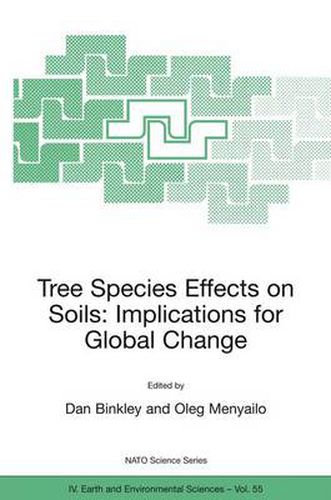Readings Newsletter
Become a Readings Member to make your shopping experience even easier.
Sign in or sign up for free!
You’re not far away from qualifying for FREE standard shipping within Australia
You’ve qualified for FREE standard shipping within Australia
The cart is loading…






This title is printed to order. This book may have been self-published. If so, we cannot guarantee the quality of the content. In the main most books will have gone through the editing process however some may not. We therefore suggest that you be aware of this before ordering this book. If in doubt check either the author or publisher’s details as we are unable to accept any returns unless they are faulty. Please contact us if you have any questions.
Almost 50% of the total area of Austria is forested, and the forests are dominated by commercially valuable stands of Norway spruce ( (Picea abies). The few remaining forests that resemble the natural vegetation composition are located in forest reserves with restricted management. These natural forests are used as reference systems for evaluating silvicultural research on sustainable forest management. Natural forests are expected to have high biodiversity, where the structural richness of the habitat enables complex relationships between fauna, flora, and microflora. They also provide refugia for rare plants and animals found only in natural forest types. Austria had 180 of these forest reserves up to the year 2003. Most of these forests are privately owned, and owners are compensated by the government for loss of income associated with conservation status. The Ministerial Conference for the Protection of Forest Ecosystems (MCPFE) has launched a world-wide network of protected forest areas which should cover all major forest types (MCPFE and UNECE/FAO, 2003). The sites selected for our investigation of soil conditions and communities were chosen by vegetation ecologists and soil scientists. The stands have developed under natural competition conditions with no management interventions. All sites were well documented with known forest history. Our set of sites spans gradients of environmental conditions as well as species composition, providing a realistic evaluation of the interactions of biotic and abiotic factors.
$9.00 standard shipping within Australia
FREE standard shipping within Australia for orders over $100.00
Express & International shipping calculated at checkout
This title is printed to order. This book may have been self-published. If so, we cannot guarantee the quality of the content. In the main most books will have gone through the editing process however some may not. We therefore suggest that you be aware of this before ordering this book. If in doubt check either the author or publisher’s details as we are unable to accept any returns unless they are faulty. Please contact us if you have any questions.
Almost 50% of the total area of Austria is forested, and the forests are dominated by commercially valuable stands of Norway spruce ( (Picea abies). The few remaining forests that resemble the natural vegetation composition are located in forest reserves with restricted management. These natural forests are used as reference systems for evaluating silvicultural research on sustainable forest management. Natural forests are expected to have high biodiversity, where the structural richness of the habitat enables complex relationships between fauna, flora, and microflora. They also provide refugia for rare plants and animals found only in natural forest types. Austria had 180 of these forest reserves up to the year 2003. Most of these forests are privately owned, and owners are compensated by the government for loss of income associated with conservation status. The Ministerial Conference for the Protection of Forest Ecosystems (MCPFE) has launched a world-wide network of protected forest areas which should cover all major forest types (MCPFE and UNECE/FAO, 2003). The sites selected for our investigation of soil conditions and communities were chosen by vegetation ecologists and soil scientists. The stands have developed under natural competition conditions with no management interventions. All sites were well documented with known forest history. Our set of sites spans gradients of environmental conditions as well as species composition, providing a realistic evaluation of the interactions of biotic and abiotic factors.